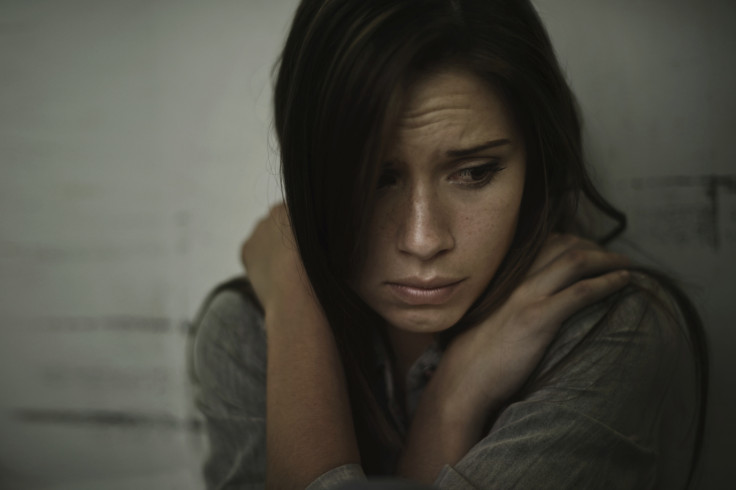Hearing voices and seeing things: The common hallucinations affecting 1.6 million people in England
Research shows hallucinations are more common than previously thought, breaking a long-standing taboo.

Hallucinations may be much more common in the general population that previously thought. More than one and a half million people may have experienced hallucinations at some point, whether they are diagnosed with a psychiatric disorder or not.
In psychiatry, the distinction has traditionally been made between psychotic disorders (such as schizophrenia) and neurotic disorders (such as anxiety disorder or OCD).
Auditory and visual hallucinations are classically associated with psychotic disorders, but little research has been done to date to assess their prevalence in other neurotic disorders or in borderline personality disorder.
The research, published in the British Journal of Psychiatry, suggests that this classic divide between neurotic and psychotic disorder does not always stand.
Hallucinations can be experienced not only by patients with mental disorders other than psychosis, but also by people who have no mental health problems.
"There is a general idea in psychiatry that hallucinations are a feature of psychosis but when we looked at a whole range of mental health diseases we found that hallucinations are symptoms that occur in a wide range of mental health disorders such as depression or anxiety" lead author Dr Ian Kelleher told IBTimes UK.
Breaking the taboo
The study's authors used data from the 2007 Adult Psychiatric Morbidity Survey, focusing on a nationally representative sample of 7403 English people aged 16 and over. A number had been diagnosed with a psychiatric disease.
The researchers used a questionnaire known as the Psychosis Screening Questionnaire to establish who in this sample had already suffered from auditory and visual hallucinations – the most common and clinically relevant hallucinations. One of the question that they payed particular attention to was: "Over the past year, have there been times when you heard or saw things that other people couldn't?"

They found that 4.3% of the participants reported hallucinations in the last year – and this included both people with and without mental health disorders. Applying these results to the whole population (more than 40 million people in 2007), this means that around 1.6 million people in England could suffer from hallucinations.
The scientists found that 22% of the study participants, who reported hallucinations, had mental health disorders, with more than 10% suffering from general anxiety disorder. People with borderline personality disorders, who are often described as suffering from hallucinations, didn't appear to suffer more from these symptoms than people with other disorders.
The findings of this study suggest that hallucinations are not exclusively symptoms of psychosis. People who experience them may not necessarily be suffering from schizophrenia.
"Hallucinations are more common than people realise. They can be frightening experiences, and few people openly talk about it. Our research is valuable because it can show them they are not alone and that having these symptoms is not necessarily associated with having a mental health disorder. It breaks the taboo that surrounds hallucinations", Kelleher explained.
The scientists say that although hallucinations don't necessarily point to a pathology, but call for more research to be conducted to look at long-term outcomes for people who report these symptoms. The idea is to see who is more at risk of developing mental health problems in the long run, and whether these people can be helped before this happens.
What are the most common types of hallucinations?
Visual hallucinations (seeing something that is not really there) or auditory hallucinations (hearing voices) are the most common types of hallucinations in people who suffer from mental health problems. They are also the ones that were studied in this research.
People may also experience tactile hallucinations, when they feel the sensation of something on their skin and body that is not actually there - such as bugs crawling under their skin.
Olfactory hallucinations are very rare, but they do exist and occur when someone fells they are smelling something that is not really there. They can occur in sexual abuse survivors for example who associate a smell with a memory of the trauma. Finally, proprioceptive hallucinations, refer to sensations such as floating or flying.
"The more common and clinically relevant hallucinations to our study are auditory and visual hallucinations, but hallucinations can come in any sensory modalities. If you take a broad view of what hallucinations, you can have a 'tactile hallucination' when you think your phone vibrates in your pocket and it actually does't but this has not been included in our research", Kelleher said.
© Copyright IBTimes 2025. All rights reserved.






















